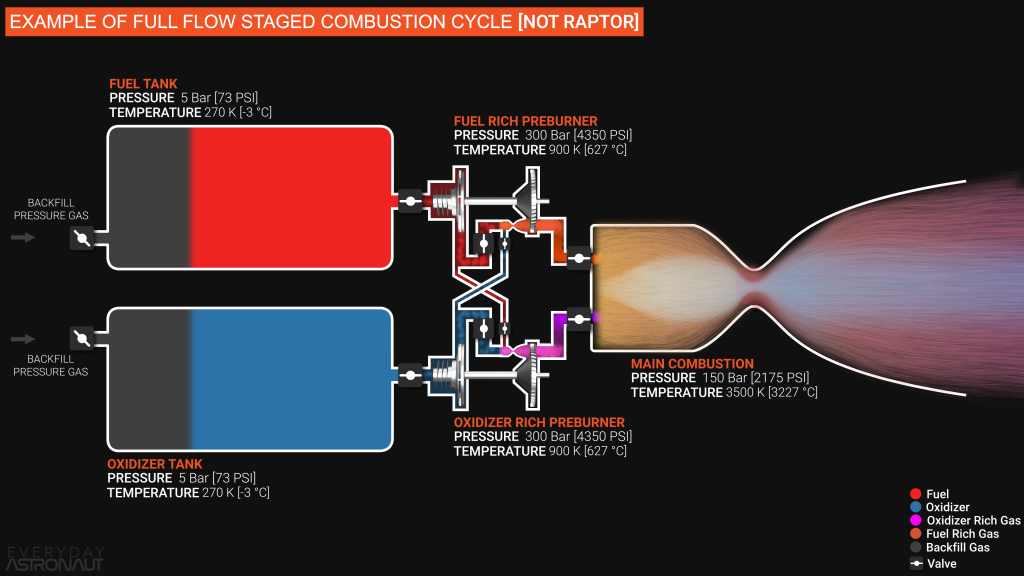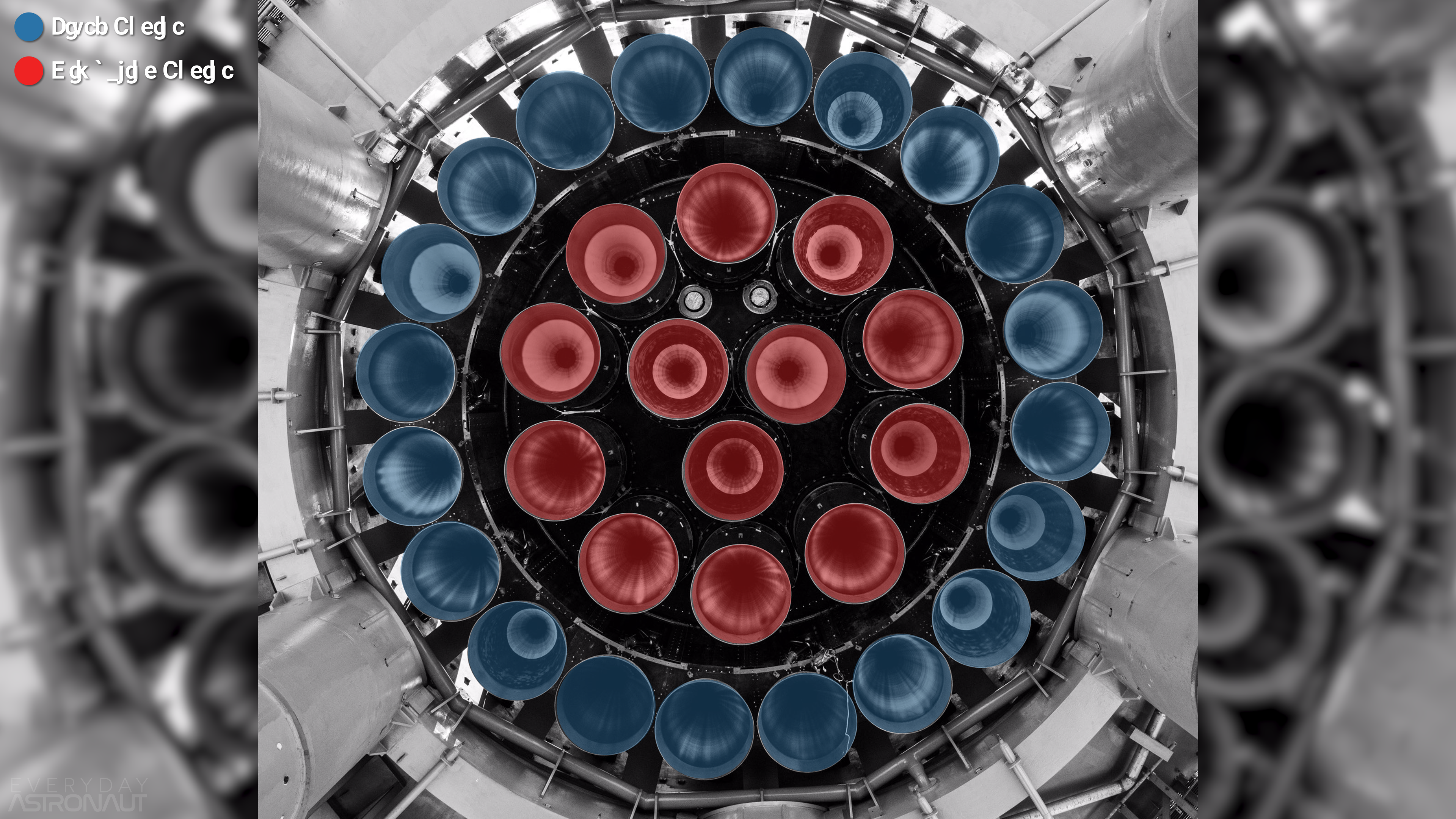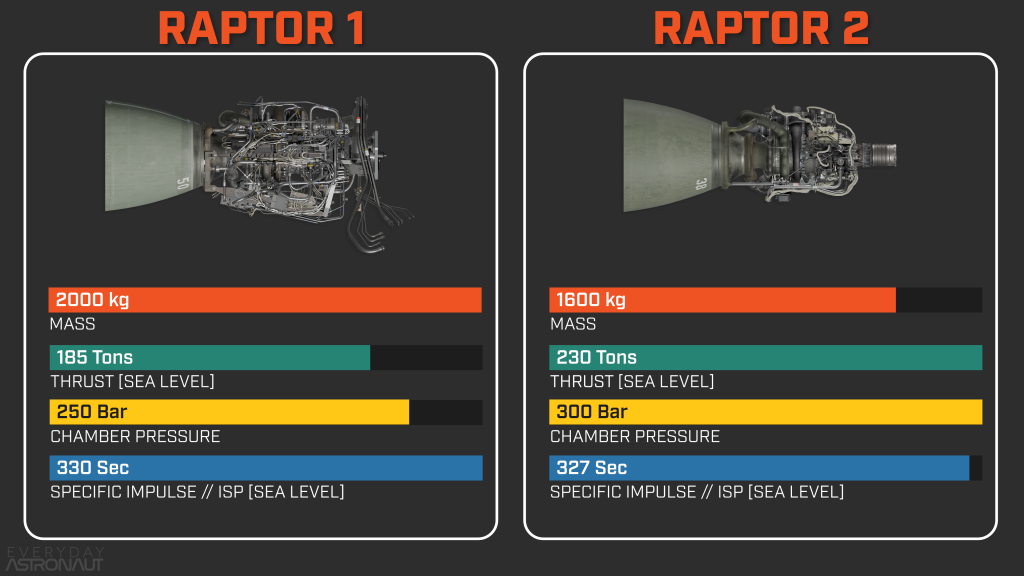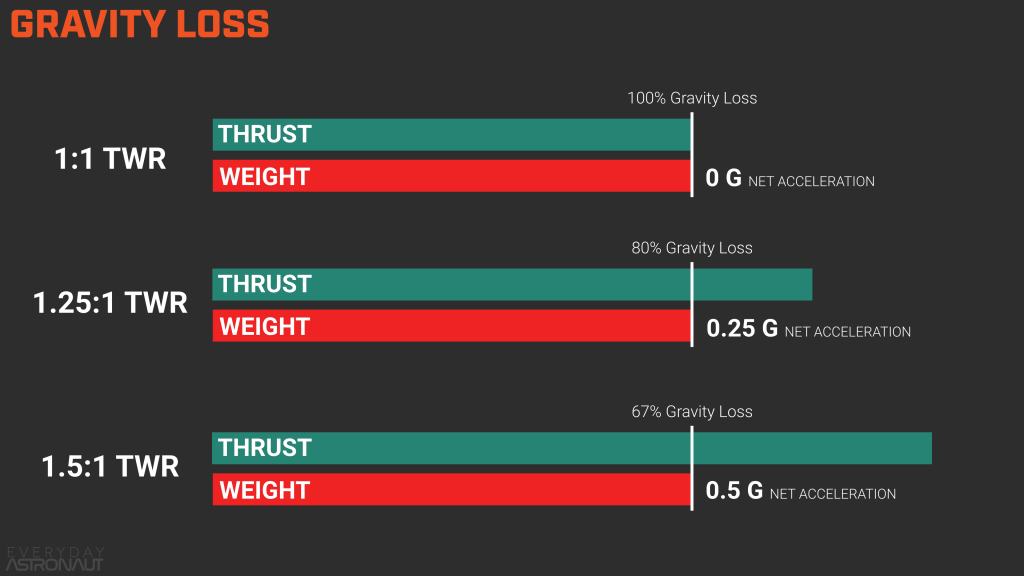Raptor Engine Overview:
In recent months, we have seen SpaceX switch over from the version of Raptor that was used on Starhopper, SN5, SN6, SN8, SN9, SN10, and SN11: Raptor v1.0, and the version of Raptor used on SN15, S20, and B4: Raptor v1.5. The new version of Raptor, dubbed Raptor 2, has a large number of performance and reliability improvements; what did SpaceX change on Raptor 2 and why are these changes advantageous to Starship?

Raptor Rundown
The Raptor engine is a full flow staged combustion cycle (FFSCC) engine that runs on super chilled liquid oxygen and super chilled liquid methane (CH4), both of which will power SpaceX’s next-generation vehicle: Starship. The Raptor engine benefits from the highly advantageous FFSCC cycle, maximizing the impulse generated by a given amount of propellant — it is the third FFSCC engine to ever be developed and the first to leave the test stand.

The first stage of Starship — called Super Heavy — will be jam-packed with 33 Raptor engines: 20 non-gimbaling Raptor engines in the outermost ring; 10 gimbaling engines in the middle ring; and three gimbaling central engines in the inner-most ring. This number is expected to decrease in the future as SpaceX further upgrades Raptor. The second stage, Starship, currently hosts six total engines: three vacuum-optimized non-gimbaling engines and three sea-level gimbaling engines. SpaceX CEO and CTO Elon Musk has noted that in the future the ship is likely to gain three more vacuum-optimized engines once they increase the length of the ship.


Raptor is constructed from SpaceX’s proprietary SX500 alloy, copper, aluminum, and steel alloys — there is no information to suggest that these have significantly changed between Raptor 1 and Raptor 2. The engine relies on a small amount of 3D printing; however, SpaceX is trying to remove as much 3D printing as possible due to the inability to scale, high cost, and low manufacturing rate.
One of Raptor’s most impressive specs is its gimbaling range: the engine is able to gimbal 15 degrees on the Y and Z axes, which is needed for the “flip and burn” landing that Starship does. A gimbal range of 15 degrees is a lot; for comparison, the RS-25 gimbals to 12.5 degrees and the SpaceX Merlin engine gimbals to 5 degrees on the first stage.

The Changes
At the beginning of 2022, the first Raptor 2 was spotted, marking the end of Raptor 1 — after Raptor 2 production began, SpaceX stopped producing all Raptor 1.5 engines.
Compared to the original Raptor, Raptor 2 looks borderline incomplete — a large amount of plumbing and sensors have been removed, transitioning the engine from a “Christmas tree” look to a significantly cleaner look. On the original version of Raptor, while SpaceX was learning how to control the engine, a very large amount of development sensors were needed, allowing them to track pressure and temperature throughout Raptor’s plumbing. Additionally, many valves were combined into valve plates, helping further simplify plumbing.
By removing a large amount of these components SpaceX has made the engine more flame and heat proof: a clear step toward SpaceX’s goal of removing all engine shrouding from the booster, which would decrease the booster’s mass by ~6 tonnes. This is a clear example of Musk’s “the best part is no part” mantra.
Another change made to Raptor 2 to further decrease the engine’s mass is the removal of the torch igniters in the main combustion chamber. Instead of relying on redundant torch igniters, the well-mixed hot oxygen gas and hot CH4 gas act hypergolic under the high temperature and pressure of the main combustion chamber (MCC).
Raptor 2 also has fewer flanges than on the original versions of Raptor. Flanges are great during prototyping when parts need to be swapped out, but they increase mass and increase pressure losses throughout the engine. Now that the design is more stable, SpaceX has been able to remove many flanges on the engine, going as far as hoping to remove all flanges on Raptor 2.5, which will further increase thrust to 250 tonnes and debut on booster 12.

Throat Change
The most fundamental change was opening the throat, allowing more propellant to flow through the engine, and increasing thrust. However, this change decreases the expansion ratio — the ratio between the area of the nozzle exit and the area of the throat. The higher the expansion ratio the more work the nozzle does to convert high pressure into high velocity — increasing the specific impulse of the engine.
Comparing Raptor 1 and Raptor 2
Raptor 1 and Raptor 2 have the exact same nozzle exit diameter and the rest of the engine has essentially the same dimensions. That said, Raptor 2 is significantly lighter than Raptor 1, with Raptor 1 having a mass of 2,000 kg and Raptor 2 being 1,600 kg.
Raptor 2’s MCC pressure is an astounding 300 bar, up 50 bar from Raptor 1 — the highest MCC pressure of any rocket engine ever. The previous record for the highest MCC pressure was the Russian RD-180, which runs at 267 bar pressure.
Due to the wider throat and increased chamber pressure, Raptor has gained a significant amount of thrust: Raptor 1 produced 185 tonnes of thrust while Raptor 2 produces 230 tonnes of thrust. The downside, though, of opening the throat is a ~1% decrease in ISP: Raptor 1 hit roughly 330 seconds of ISP while Raptor 2 reaches 327 seconds.

Effects On The Booster
Despite the decrease in exhaust velocity, the increase in thrust raises the booster’s efficiency drastically due to reductions in gravity drag. The first 9.8 m/s^2 of acceleration is spent purely fighting the Earth’s gravitational well. If the thrust-to-weight-ratio is 1.25 : 1, 80% of the thrust is wasted fighting gravity, and only 20% of the thrust is used to accelerate the vehicle at 0.25 G. Despite just a 25% increase in thrust over a TWR of 1 : 1, this infinitely increases the NET work done on the vehicle.
Jumping up to a TWR of 1.5 : 1, 67% of the thrust is lost to gravity and the other 33% performs work on the vehicle. Despite only a 16% increase in thrust, this increases the work done on the vehicle by 100%.
Raptor 1 would have an approximate TWR of 1.25 at lift off, while Raptor 2 would have a TWR of 1.5 at lift off. This 100% increase in work done at the start of the flight is significantly more important than the 1% decrease in ISP. This has many benefits, such as the booster being less far downrange at the end of its burn, decreasing the amount of fuel needed for the booster’s back burn.

Future of Raptor
Musk’s primary goal is for the cost-per-tonne of thrust of Raptor to be under $1,000 — this means Raptor needs to be ~$250,000 to produce. With this goal, it is clear that SpaceX will continue making Raptor easier to build and cheaper, including removing all flanges on Raptor 2.5 and removing as much 3D printing as possible from the manufacturing sequence. Raptor 2.5 is set to further increase the thrust of Raptor to 250 tonnes of thrust with an MCC pressure of 330 bar.
Additionally, SpaceX is attempting to remove all throat film cooling from the engine; there are several ways that SpaceX could achieve this, including additional head-in film cooling or running the MCC more fuel rich. SpaceX is currently studying if the trade-off of removing throat film cooling would be beneficial.
Overall, it is clear that Raptor is currently in its infancy. Similar to what SpaceX did with the Merlin engine, the engine will continue to evolve as SpaceX flies more, builds more, and tests more.




👍👍👍
Can you ask Elon the trades on increasing expansion ratio to allow vacuum Isp of 372s for the sea level Raptor 2 rather than going for increased thrust?
Robert Clark
It would be interesting to see the numbers and explanation on how much benefit is obtained with the additional thrust / weight. Presumably this would be using some sort of calculator that does solves the Goddard problem with limited thrust and limited Max Q velocity. While the benefit might have to do with the vertical component of the thrust required to keep the rocket out of the atmosphere while it is getting up to orbital speed.
From what I saw watching the test flights of StarShip (so long ago!), what seemed a vexing problem was the relighting of the Raptor 1s for landing. Almost every flight, up to and including the last one, seemed to feature the failure of a Raptor to relight as commanded.
How does SpaceX think the reliability (relightability) of the Raptor 2’s will fare? What about the post landing methane fires?
Raptor 2 (and even R1.5) is significantly more reliable when it comes to relighting.
I’m pretty sure the units for thrust in the table are not correct. I recall Elon saying in the interviews (maybe twice) that they use “tonnes” not “tons”.
Very interesting article. The one point that surprised me a bit, is the move to eliminate 3D printing because too impractical and costly. Basically, that means traditional industrial manufacturing techniques still have a great future in front of them.
Wonderful article, thank you. I did want to point out and suggest a minor edit in the first paragraph under “Raptor Rundown”. Here I noticed the words “FFSCC cycle”. Is this not redundant speech? For example isn’t it the same as saying “Full-Flow-Staged-Combustion-Cycle cycle”? Do what you will with this comment! If it were me writing I would appreciate someone bringing this to my attention.